
When Elon Musk announced his bid to take over Twitter in early 2022, he seemed on top of the world. On the back of soaring Tesla stock, he’d become the richest man on the planet and surrounded himself with sycophants who’d tell him anything he wanted to hear in the hopes he’d reward them for their fealty. But behind the scenes, things weren’t going so well.
In March 2022, the media reported that Musk and his girlfriend Grimes had split up. Then, in June 2022, court documents revealed that Musk’s trans daughter no longer wanted to be “related to my biological father in any way, shape or form” — a process that had clearly been in the works for a while. On top of all that, scrutiny of Musk’s companies was escalating as he couldn’t seem to pry himself away from his Twitter account. Many critics pointed out he exuded “divorced guy energy.”
But what does a rich guy do during their mid-life crisis? He couldn’t buy a fancy car, because he already has them, so instead he bought his favorite company for $44 billion. Despite his claims of protecting free speech and the public square, he seems to have had a deeper motivation: to return to the start-up years he felt nostalgic for.
The Hubris of Youth
Before Musk was Tesla’s Technoking and our collective Chief Twit, there was a period of a few years where he was just another guy trying to ride the dot-com boom to untold riches — and he imagined a “financial superstore” called X.com was his ticket.
The idea didn’t come out of nowhere. Before moving to the United States, Elon Musk spent a few years in Canada and got himself an internship at Scotiabank, the country’s third-largest bank, in the early 1990s. He worked on its Latin American debt holdings, but wasn’t happy when his superiors wouldn’t agree to a series of risky trades that would’ve left them even more exposed to bad debt.
In The Founders: The Story of Paypal and the Entrepreneurs Who Shaped Silicon Valley, Jimmy Soni quotes Musk as saying the experience taught him “how lame banks are” and made him feel they were ripe for disruption. It didn’t matter that he was nineteen years old; he felt he knew better than everyone else. After selling his first company, Zip2, Musk decided to take his swing at the big banks.
Many of X.com’s early staff came from the Canadian financial world, and they very quickly butt heads with the obstinate founder who seemed more interested in getting press than building a product. The concept struggled to go anywhere, and Musk was pushed by investors to merge with Peter Thiel and Max Levchin’s Confinity in 2000. Confinity’s PayPal product was what ultimately made everyone money when they sold the company to eBay in 2002.
But Musk never gave up on the idea. In 2017, he reacquired the X.com domain name and, according to Soni, he once pitched Reid Hoffman on the idea of reacquiring PayPal to revive his original vision. Since announcing his takeover of Twitter, he’s talked a lot about superapps and expanding into payments. The strategies Musk is pulling from those early years run much deeper, and it’s clear he hasn’t learned the lessons of his previous failures.
Elon Musk is a Bad Boss
When Musk began slashing Twitter’s workforce, some in the media who’d long given him softball interviews and favorable coverage seemed taken aback. After presenting him as the paragon of Silicon Valley, they had to face who Musk really was and their tact was to argue he’d suddenly changed. But that’s not true.
Since the beginning, Musk has been a terrible boss who expected his workers to be, as he calls it now, “hardcore.”
- At Zip2, Soni describes him as “prone to setting unreasonable deadlines, chewing out other executives and colleagues in the open, and retooling code written by other people without asking.” It was part of the reason the board ultimately limited his power over the company.
- At X.com, work hours were so long employees brought in sleeping bags to stay under their desks. The pay was terrible and the work culture was said to be incredibly hostile. “Bitter fights roiled the organization,” writes Soni, “with behind-the-scenes politicking and backbiting to boot.” But that didn’t end once Musk started to take off.
- At SpaceX, workers have long complained that the company underpays its workers. In 2014, it was sued by former employees who say they weren’t allowed to take breaks, paid for overtime, or given adequate notice on layoffs. Former employees have spoken out about sexual harassment, sued the company for age discrimination, and filed a labor complaint after being fired for criticizing Musk.
- At Tesla, Musk is known for opposing the unionization of workers. The company had to pay a former worker over its hostile and racist work environment; Black workers said the Fremont factory was known as the “plantation.” Tesla is facing lawsuits over racism, “nightmarish” sexual harassment, and doing mass layoffs. On top of all that, a 2018 investigation found injuries at Tesla’s Fremont factory were far higher than the industry average and some serious injuries were being left off the books.
Anyone claiming to be shocked when Elon Musk callously laid off half of Twitter’s workforce in November then purged even more by making them pledge to be “hardcore” were not being honest that he’s always been a terrible boss. Under Musk, some Twitter workers have ended up sleeping in the office, and others had to bring their own toilet paper after he fired the company’s janitors when they demanded better pay. They’ve been forced back to the office after previously being allowed to work remotely, even as Musk stopped paying the rent on Twitter’s offices: workers in Singapore were escorted out in January, while the company’s been sued for unpaid rent in San Francisco and London. Musk also cut company perks, an action reminiscent of what Peter Thiel did at X.com after Musk was turfed as CEO. (We’ll return to that.)
But this gets at something bigger. Gutting the staff is supposed to allow Twitter to become more agile — to act like a start-up again — and that’s supposed to allow it to implement Musk’s grand plans. Those aren’t working out so well either.
Turning Twitter Into X.com
Since taking over Twitter, Musk has said a lot about his plans for the platform, even if they aren’t always very coherent. The centerpiece of his tenure so far has been the move to turn verification and blue checks into a paid service, resulting in a string of impersonations and concerns among advertisers. But there’s a bigger strategy attached to the shift to paid verification.
In a Q&A on Twitter Spaces in early November, Musk outlined a longer term plan for Twitter. He saw paid verification as a way to reduce bot and scam accounts because they would not only need to pay, but would need a unique credit card. On top of that, “creators” would be able to make money on the service — something Musk reiterated recently, though with no details — and that would be a way to begin promoting Twitter as a payments service because you could keep that money within Twitter and transfer it to others. Musk said Twitter may even offer $10 incentives for people to sign up for its payments service, then it could add additional financial services like debit cards and money market accounts. And that would be part of a “superapp” with many different services on top of social media and payments.
If that sounds ambitious, it is; it’s also the pitch for X.com. Here are some of the similarities:
- After the merger of Confinity and X.com, David Sacks became the head of the product group, working closely with Elon Musk. When Musk took over Twitter, Sacks was among the small group of advisers he brought in to reshape it.
- One of the combined team’s actions was to create a “verified” tier for PayPal users that linked their bank accounts to prove they were trustworthy, similar to Twitter’s paid verification.
- Both Confinity and X.com offered a signup bonus of $5 to $20 to attract new users.
- X.com offered a suite of financial services, and after the merger, tried to use the popularity of PayPal to direct its users to sign up for X.com’s financial products. (It didn’t work very well.)
Musk is trying to rerun the playbook for his old finance company by grafting it onto a completely unrelated business. Not to mention that the industry today is very different than in the late 1990s. PayPal and Square are dominant players, there are plenty of other money-transfer apps and online banks, and traditional banks have continually improved their online services. Why would anyone use Twitter — not traditionally the most reliable company — when they can just keep using what works? It’s unlikely, but that doesn’t mean a billionaire who surrounds himself with yes men will believe otherwise.
It’s also important to point out that the foundational building blocks of this plan are flawed. First, it’s pretty easy to spin up a virtual credit card these days if you did want to set up some verified spam accounts. Second, there’s not much revenue to offer “creators” if the ad revenue has gone off a cliff and few people are actually buying into the Twitter Blue subscription. That hasn’t stopped the company from applying for regulatory licenses to start offering banking services in the United States.
When Musk tried to run part of this plan at X.com, it was a disaster. Users weren’t interested in his “Amazon of financial services”; they wanted to use PayPal. Early on, the finance people he brought on almost ousted him because he couldn’t deliver a product. Then, after the merger, he made a poor decision to place a $1,000 lifetime credit card spending limit on PayPal that caused uproar among users. In The PayPal Wars, former PayPal employee Eric Jackson describes how they immediately had to backtrack on it. Musk has already had to correct aspects of paid verification after a botched rollout, but it also brings to mind the flawed plan to charge for API access on Twitter and the new account usage limits.
But biggest of all was that Musk had a few major obsessions, and regardless of how clear it was they weren’t working, he not only couldn’t let go of them, but, just like today, would not tolerate dissent on those matters. First was the X.com branding. Jackson explains that despite customer research showing users liked PayPal but had negative feelings toward X.com, Musk pushed forward with trying to get rid of the PayPal name. He also wouldn’t abandon his financial services dream, even though it wasn’t working. Then there was the technical question: PayPal used Linux, while X.com was on Microsoft. To merge the services, Musk proposed a “V2” plan where PayPal would be completely rewritten and all development would be paused in the process. For months, the teams worked on the rewrite, but it kept missing deadlines while large sums of money were being lost to fraud. Finally, in the face of these issues, employees at the company organized to oust Musk and bring Thiel back as CEO. Thiel quickly scrapped the V2 rewrite, began to wind down X.com’s financial services (especially after finding X.com full of “bogus accounts and bad debt,” according to Jackson), and focused the branding on PayPal. Musk was ousted because he couldn’t take advice, or realize when his ideas weren’t working.
Something similar is already playing out at Twitter. Musk has been talking a lot about “Twitter 2.0,” and if you listen to his statements, like the November Twitter Spaces appearance, he often points to problems in the service’s “code base” and says a lot of it will need to be rewritten. Meanwhile, there’s a growing consensus that Musk isn’t as good a coder as he makes out, from the spectacle of making Twitter employees print off their code to show him in meetings to fun anecdotes about him not knowing how to run Python scripts. A Twitter employee recently told Platformer that Musk is causing chaos at the company because “he really doesn’t like to believe that there is anything in technology that he doesn’t know, and that’s frustrating.”
Repeating Mistakes of the Past
As Elon Musk’s reputation is revealed to be more marketing than reality, looking back at his history is instructive. While he had big ideas, he was eventually ousted at Zip2 and X.com because he was a bad leader and didn’t make good business decisions. But he got rich despite those failures and built his reputation in the process so that by the time he started SpaceX and took over Tesla, it was much harder to pry him from the chief executive seat if he didn’t want to leave. We can now see the consequences of granting him so much power.
At the end of The Founders, Soni says that one the chief lessons of those who were around for the early days of PayPal was that “talented outsiders could upend an industry.” This belief made them feel invincible, and it didn’t hurt that they just so happened to be in the right place at the right time. In the decades after PayPal, digital technology companies were not only showered in cash, but were judged on their future potential rather than their business fundamentals. That allowed them to more easily access capital to take on and price out traditional incumbents. In a sense, it was a self-fulfilling prophecy that “tech” would take over as long as an absolute moron wasn’t at the helm (and maybe even then they could pull something off).
But as the monetary policy environment tightens and the cheap money goes away, that may be changing. Musk has been whining on Twitter about interest rates because he took out $13 billion in loans right as they began to soar for the first time in 15 years. He’s repeating the mistakes of his past by entering an industry he doesn’t understand with big ideas, being unable to listen to feedback, holding onto strategies that aren’t working, and treating his employees like trash. People tend not to bet against Elon Musk, but if there was ever a time to believe things may stop going his way, this is probably it.

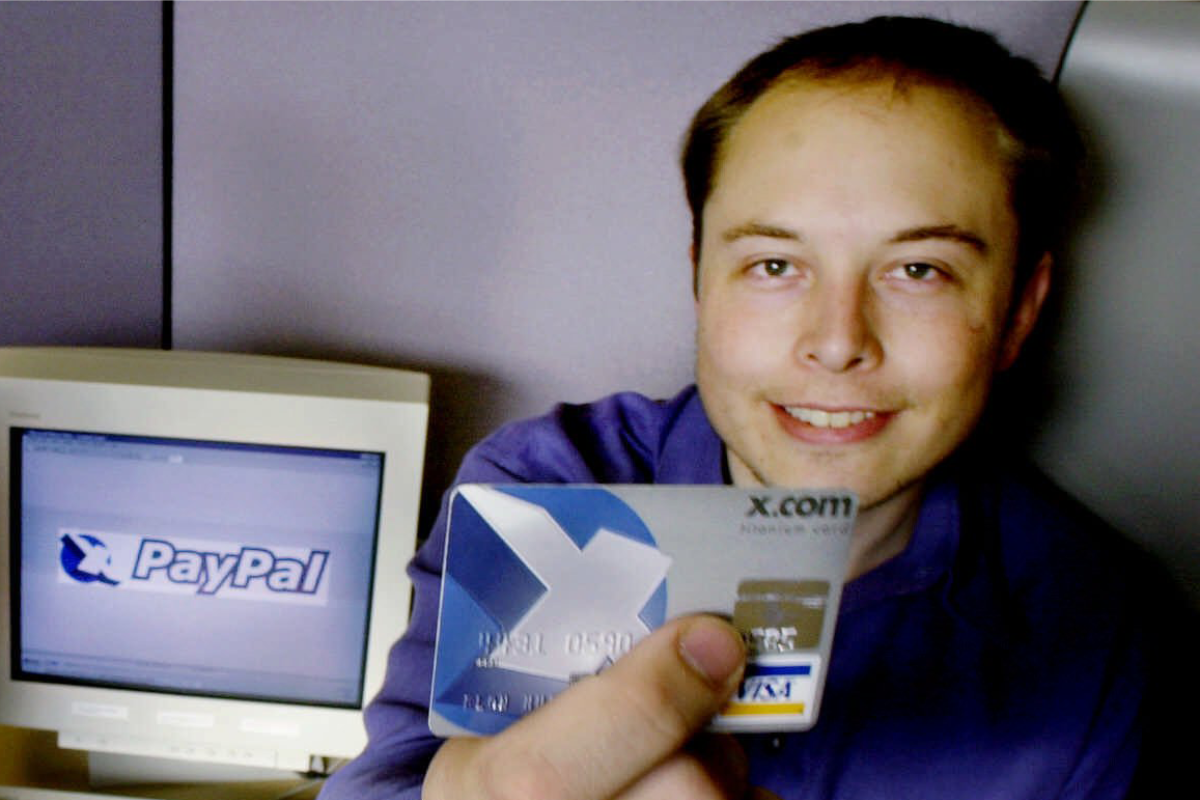
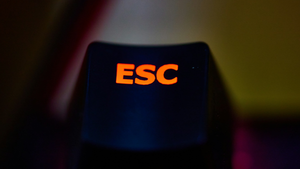
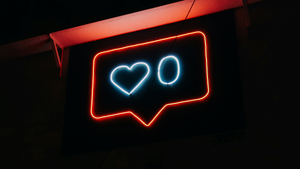

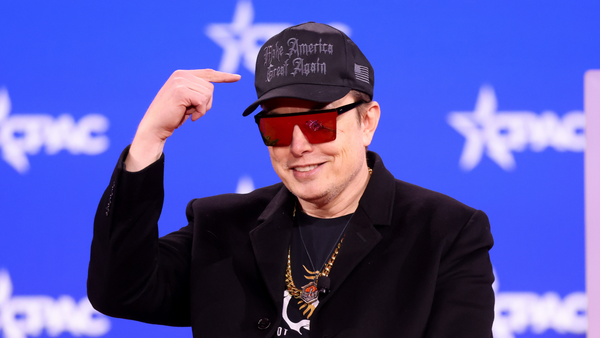

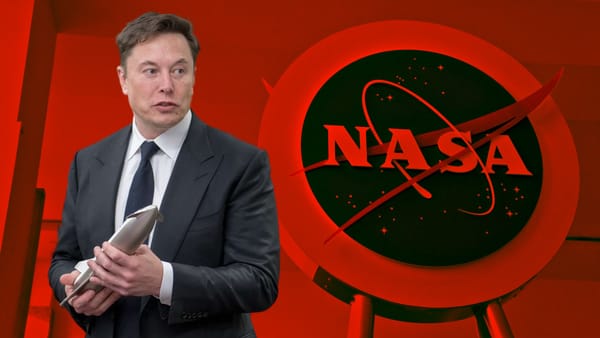
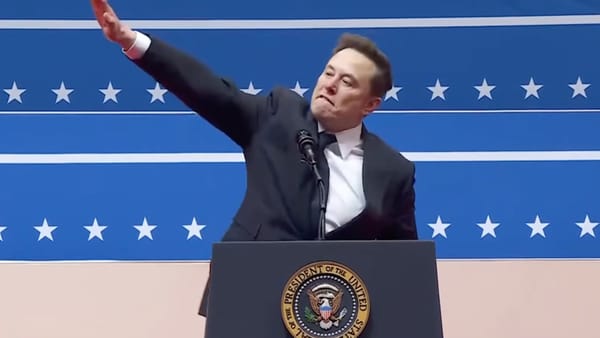

Member discussion